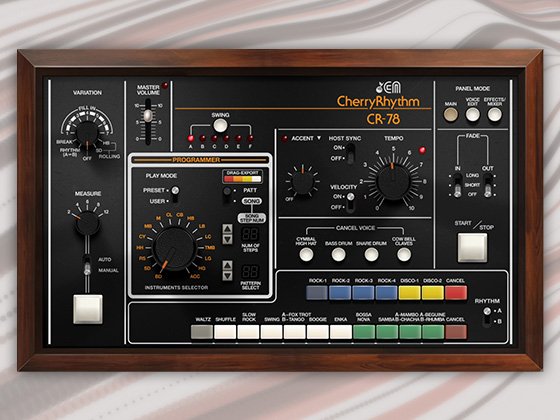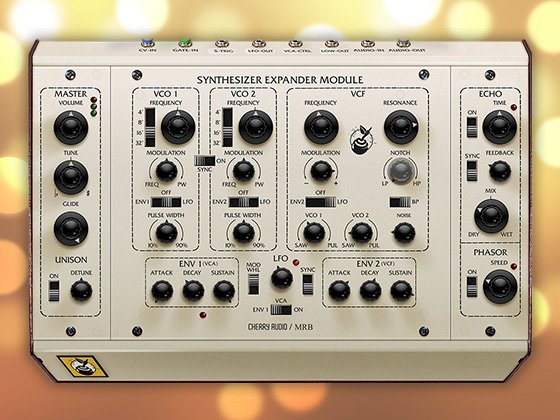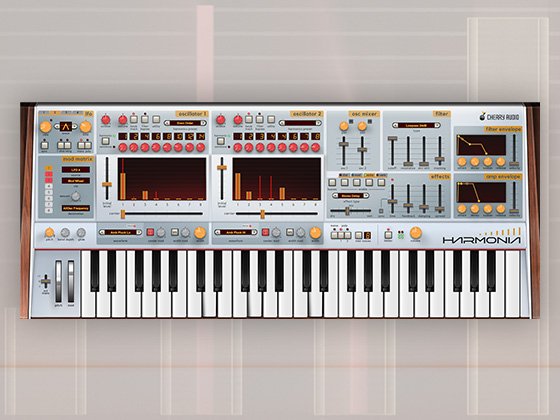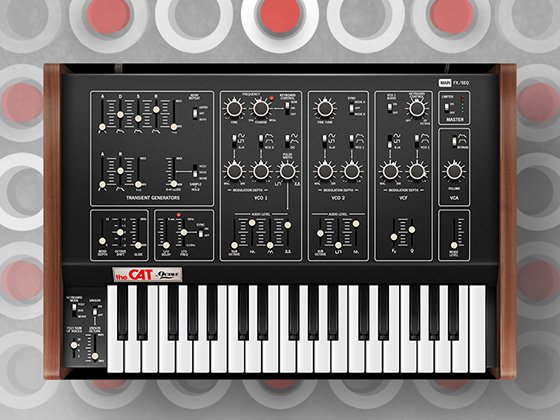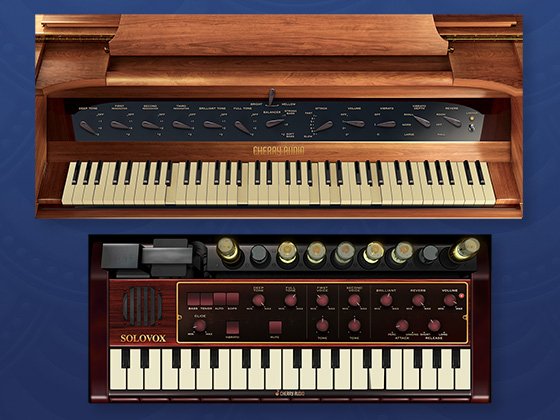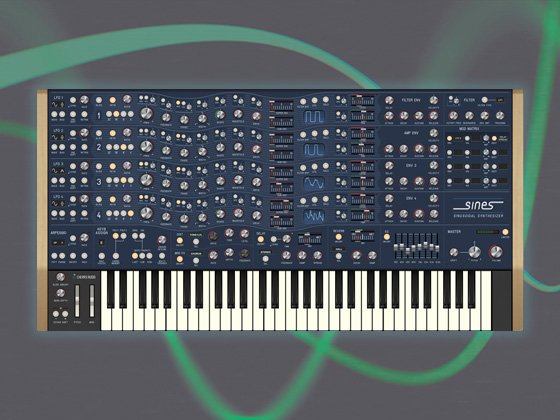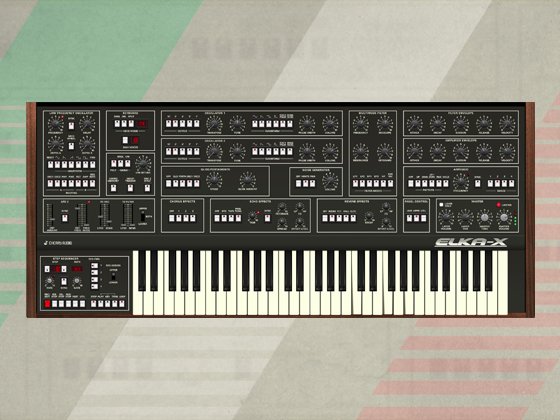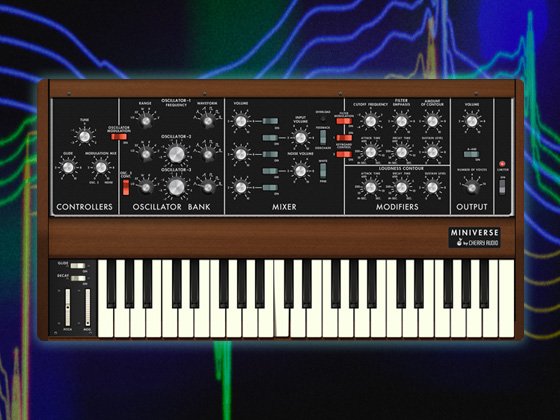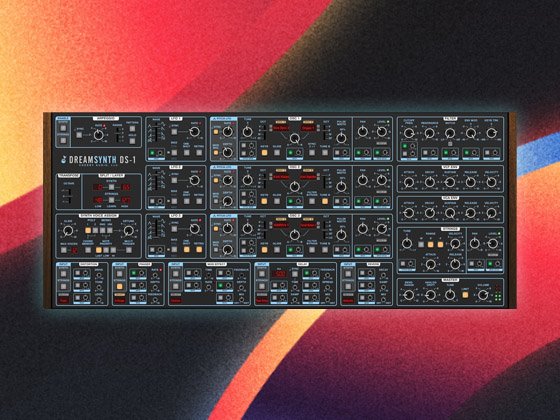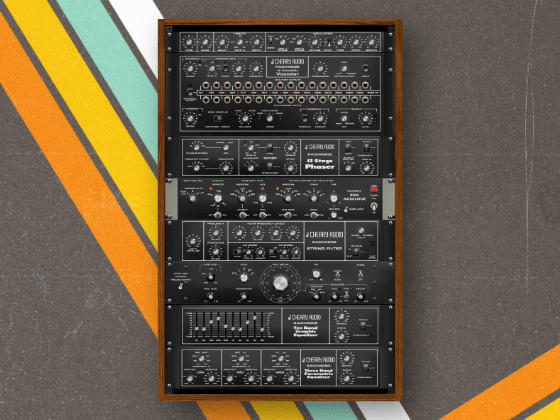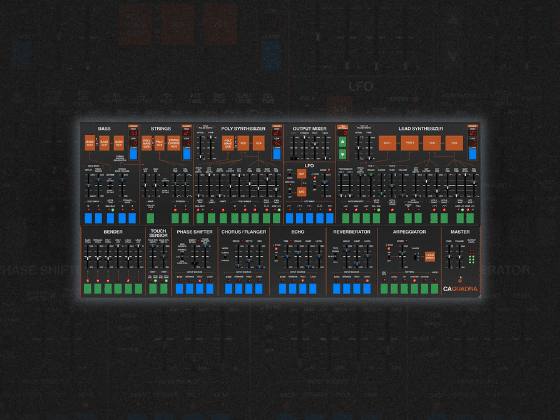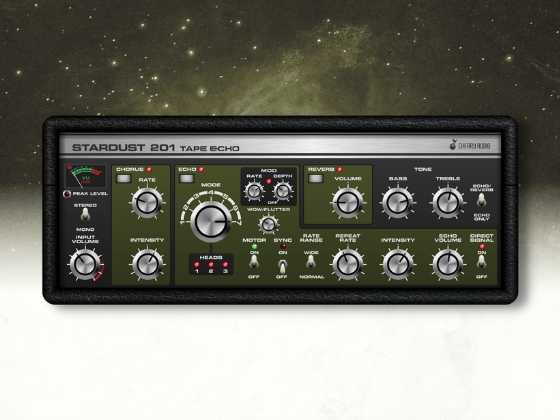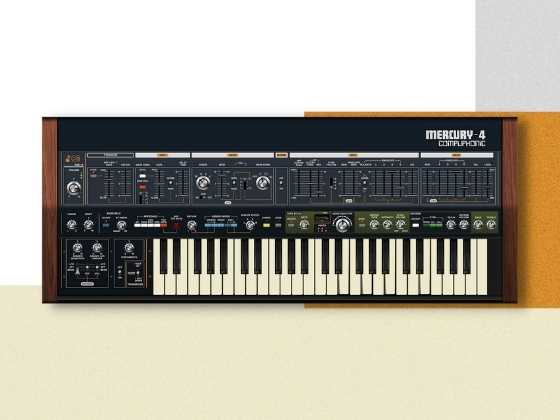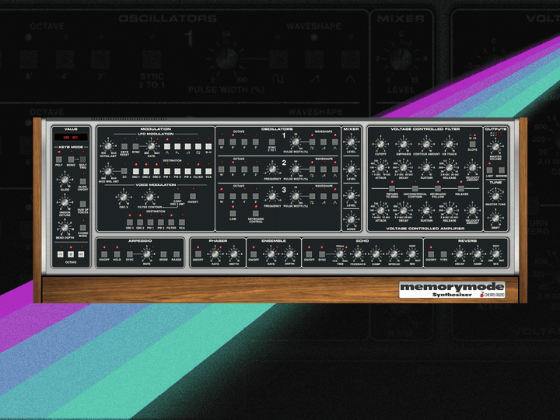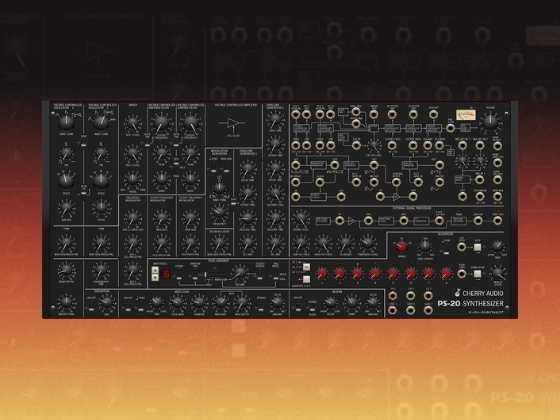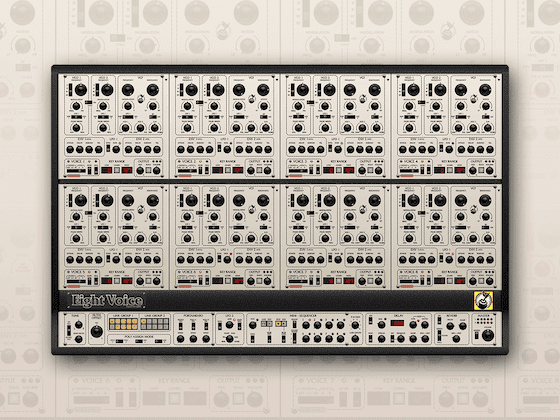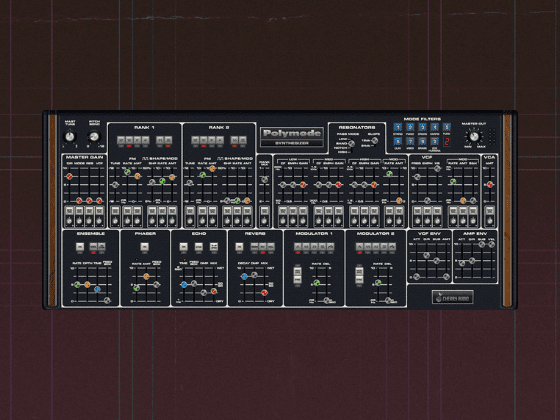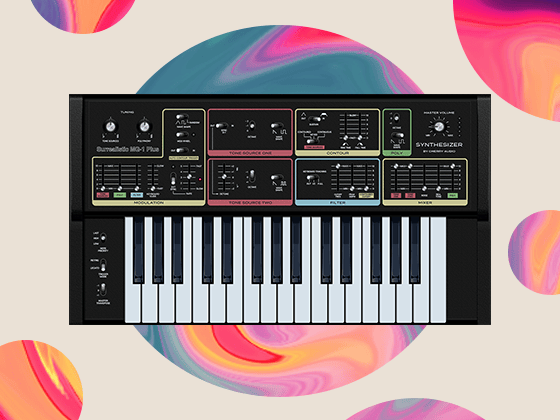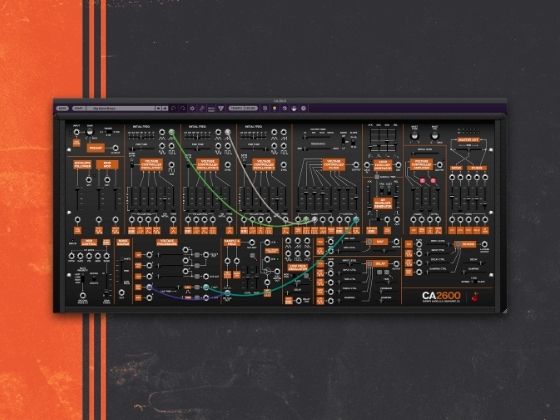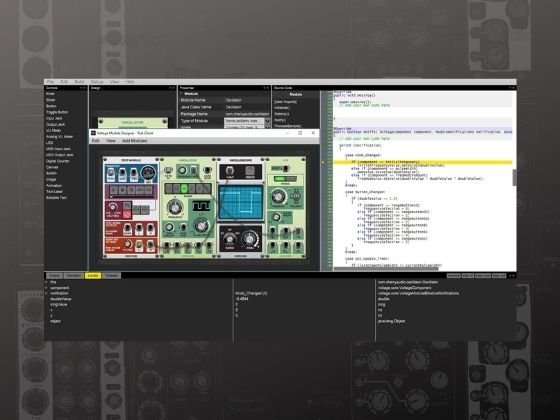Or Get It As Part of Circadian Oscillation System
Or Get It As Part of Circadian Oscillation System
Shape your own oscillator with 24 orange drawbars (a nod to the 24 hour circadian rhythms of life on earth), hearing your adjustments in real-time and creating a sound from pure concept. Whereas most oscillators start with a sample rate and calculate an oscillation path through time, this oscillator starts with a path and adjusts sample rate (internally) to generate its timbres, an odd and generally misguided approach, except that in this case, the sound is entirely your own and without smoothing algorithms putting you in the back seat. The wonderfully archaic digital tone leaves you to the further shaping with your own filters and such.
Mono and polyphonic inputs and outputs within the same module (which can be used simultaneously) make it easy to explore possibilities. Flip the direction through the waveform with the forward/reverse switch (also CV controllable) and set the octave with that switch. Use the fine tune knob to detune or sharpen the pitch, and the coarse knob lets you push it to double speed and also drop it all the way down to zero. At values close to zero, you can hear the bits crunching their way along or use it like a step sequencer/stepped LFO. Both fine and coarse tune can be CV controlled for interesting modulations. Onboard volume with CV control can be used with an envelope in place of an amplifier, it allows tremolo with an LFO, and it can be used to generally set or automate the amplitude.
To synchronize the phase of the oscillator, send a trigger to the reset jack. The jack reads the magnitude of the trigger (greater than 0 and up to 5V) to calculate a starting point along the waveform, so if you want the wave to trigger at the third bar, divide 5V by 24 and multiply by 3 (or trig voltage = bar # x 5 / 24 ). Or chart your own path through the wave form with ramp-like waves sweeping from 0-5 (negative values are treated as absolute values) at some rate that you manually set.
Polyphonic mod jacks labelled 1-8, 9-16, and 17-24 allow access to shaping the corresponding orange bars in real time, most easily with the suite of expansion modules (see the bundle) that readily interface (or you could try something like the Poly Collector). The row of silver and black knobs adjusts the bias (vertical center point during modulation) of each bar, and the lower gold knobs adjust the magnitude of response to modulation, so it’s easy to set a bar to a particular height and wobble it to any extent. Just above the CV offset label, there is a white button for resetting these knob positions, should they get too far out of hand.
Of course, getting too far out of hand is kind of what the Circadian Oscillator likes to do…
























